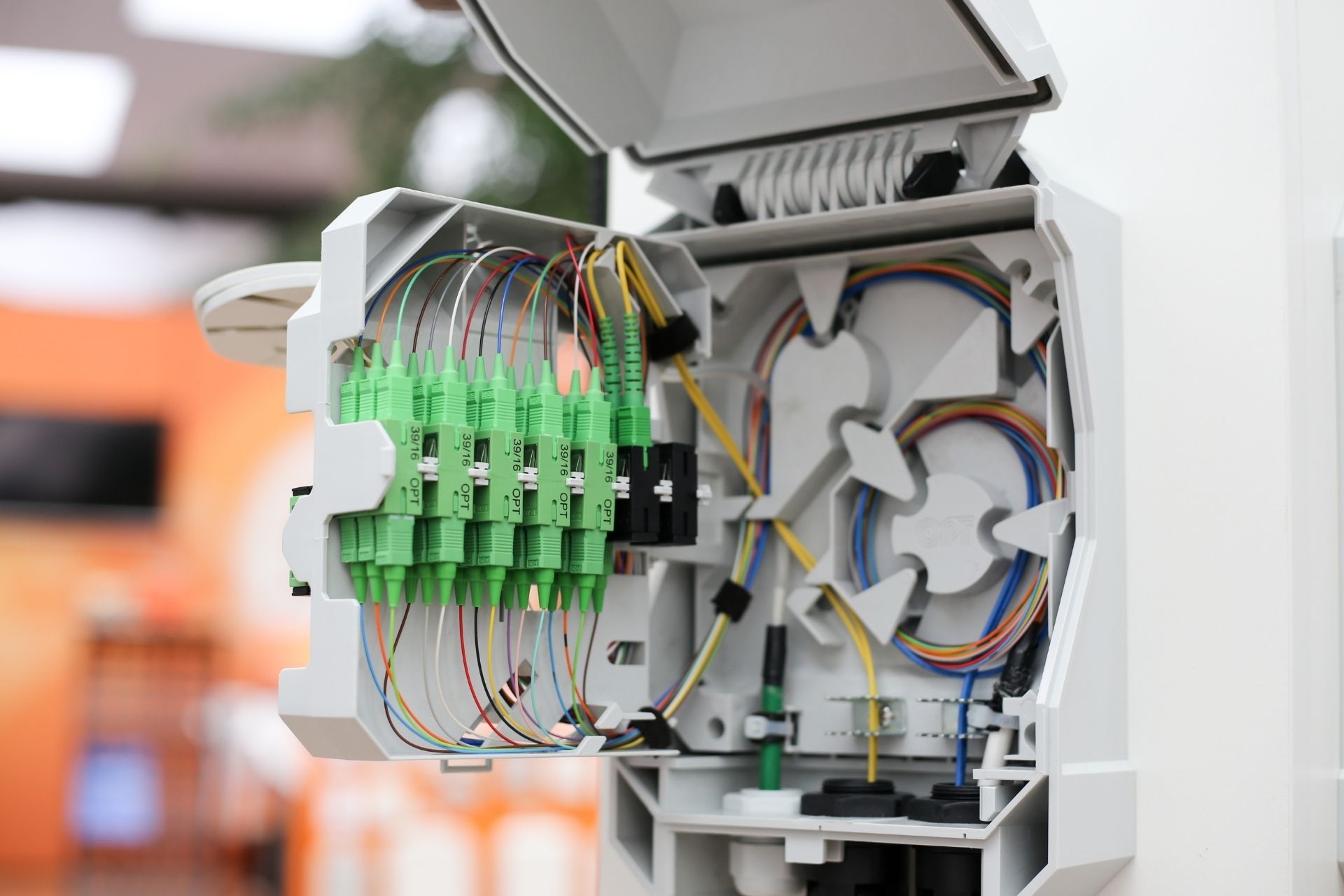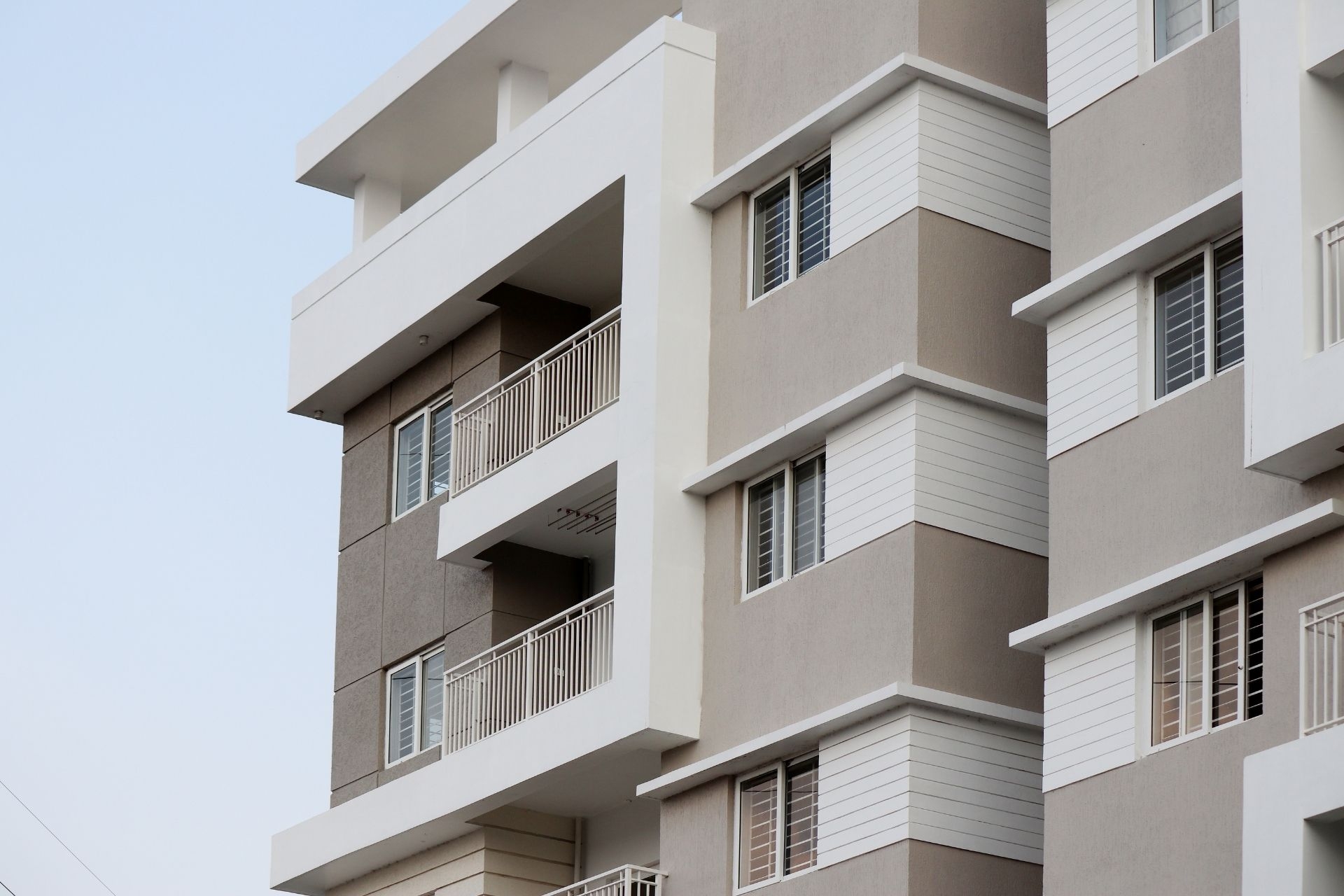High-Density Fiber Cables
How does the high-density of fiber cables affect data transmission speed?
The high-density of fiber cables can significantly impact data transmission speed by allowing for more data to be transmitted simultaneously. With a greater number of fibers packed into a smaller space, high-density fiber cables enable higher bandwidth capacity and faster data transfer rates. This increased density reduces signal interference and crosstalk, resulting in improved overall performance and efficiency of data transmission.



